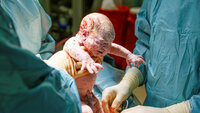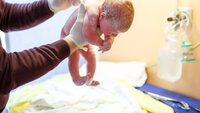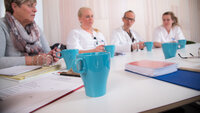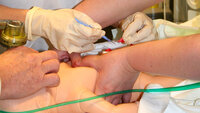Evaluation of research investment in nurses and allied health professionals in the Northern Norway Regional Health Authority area
The Northern Norway Regional Health Authority has specifically focused over time on enhancing health-related competence and research. This has resulted in a greater number of researchers and research fellows, and an increase in the number of published articles.















